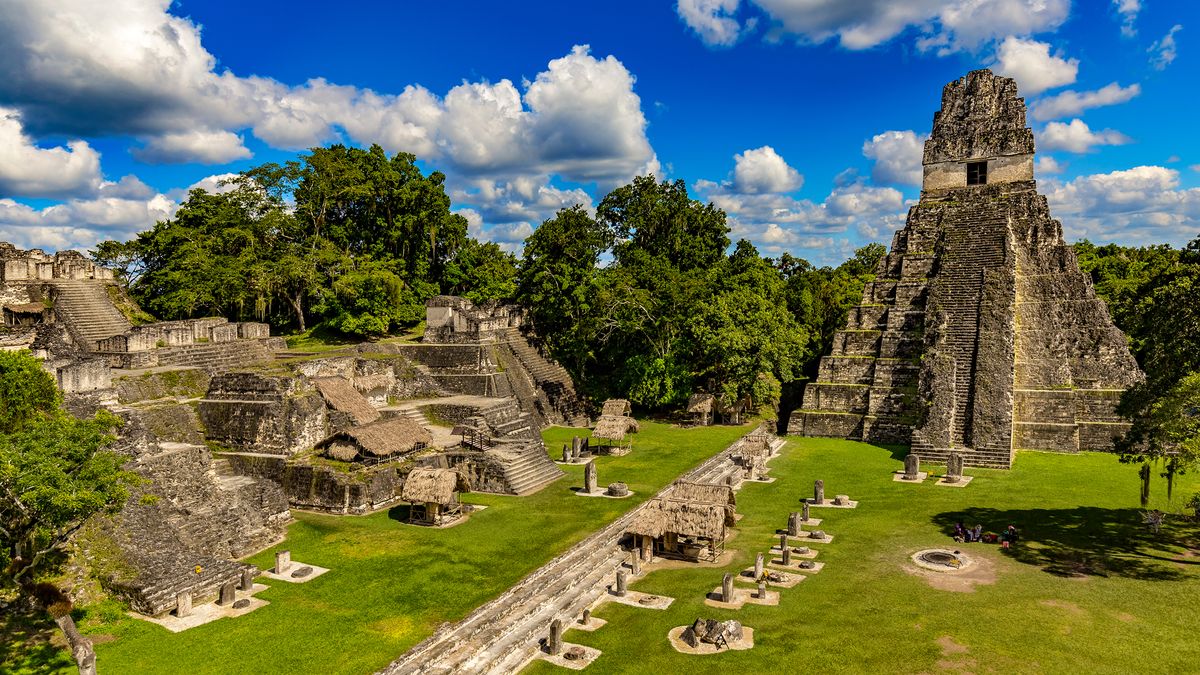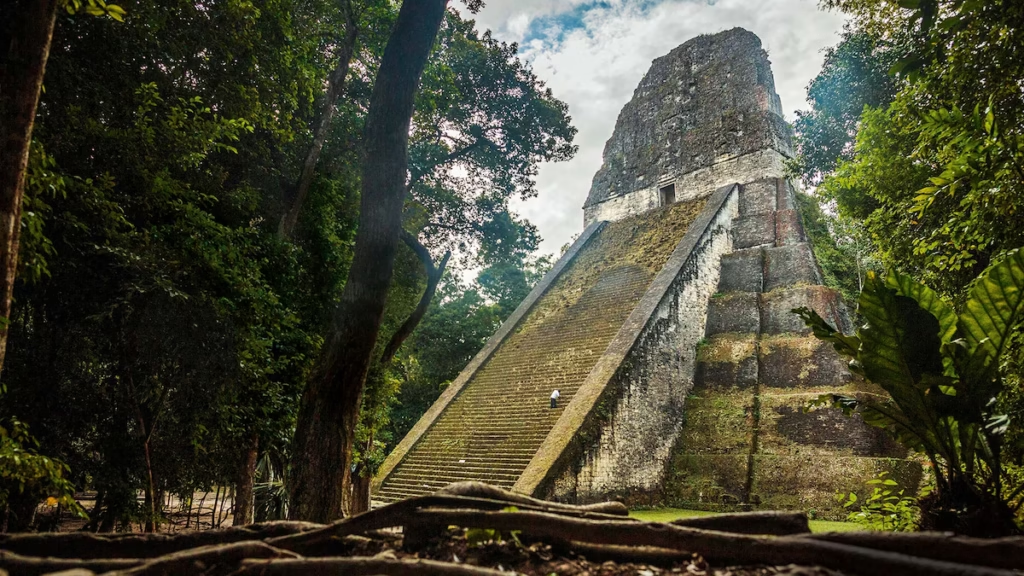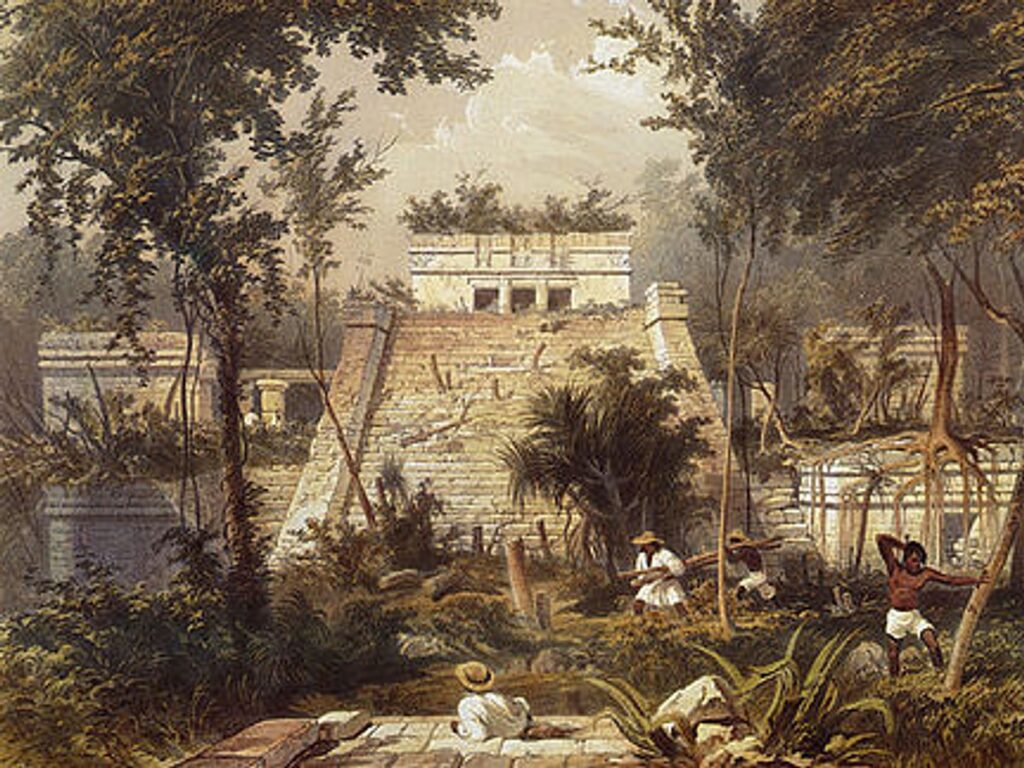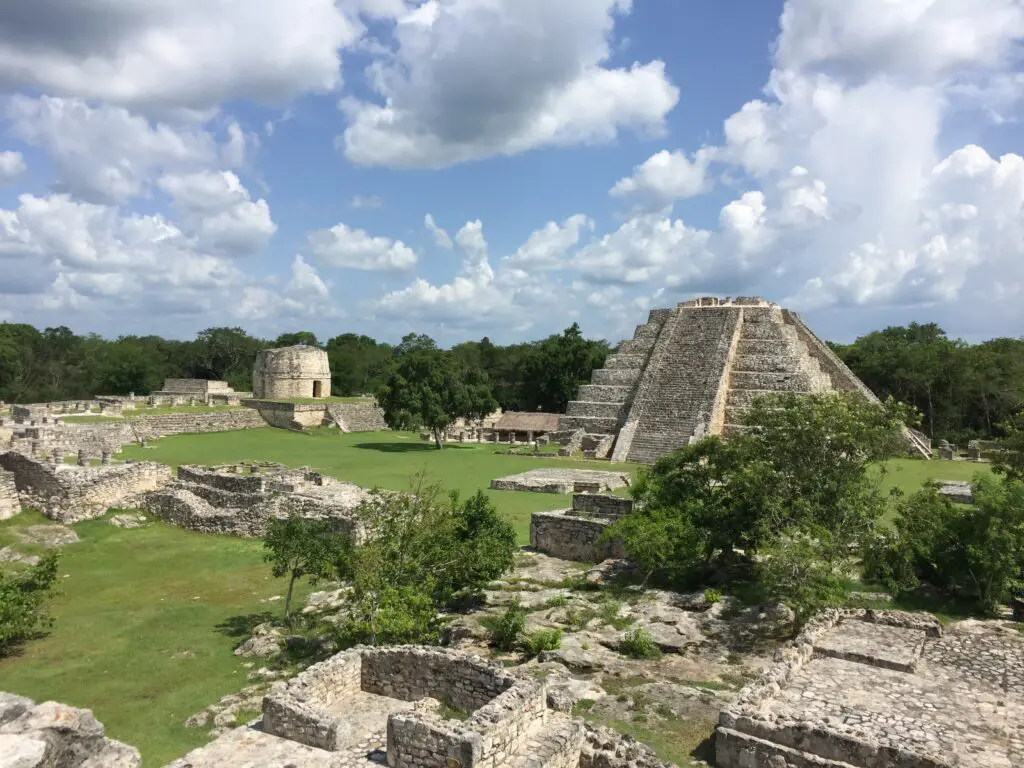“The Collapse of the Maya Civilization: Unraveling an Ancient Mystery”

The ancient Maya civilization was one of the most sophisticated and influential cultures of the ancient Americas. Known for their towering temples, intricate hieroglyphs, advanced mathematics, and astronomical precision, the Maya flourished for more than 2,000 years across present-day southern Mexico, Guatemala, Belize, Honduras, and El Salvador.
Yet sometime between the 8th and 10th centuries CE, the great Maya cities of the southern lowlands were abandoned, their political systems collapsed, and monumental architecture ceased. What caused such an advanced civilization to unravel?
For decades, scholars puzzled over the Maya collapse, proposing everything from invasion to environmental catastrophe. Today, thanks to a combination of archaeological evidence, climate data, and hieroglyphic decipherment, we are closer than ever to understanding the answer. And it turns out—it wasn’t one cause, but a complex web of interrelated factors.
1. The Maya Civilization: A Brief Overview
Before diving into the collapse, it’s important to understand the structure and timeline of the Maya civilization.
Chronology:
- Preclassic Period (c. 2000 BCE–250 CE): Rise of agriculture, early settlements, and monumental architecture.
- Classic Period (c. 250–900 CE): Peak of Maya city-states like Tikal, Palenque, Copán, Calakmul, and Caracol. Art, writing, and architecture flourished.
- Postclassic Period (c. 900–1500 CE): Shift north to cities like Chichén Itzá and Mayapán, before Spanish conquest.
Importantly, the term “collapse” refers primarily to the southern lowland cities during the Terminal Classic period (c. 750–900 CE). Northern Maya centers continued to thrive for centuries afterward.

2. The Collapse: What Actually Happened?
Between 750 and 900 CE, dozens of major southern cities were abandoned. Monumental construction halted, elites disappeared, long-distance trade declined, and population levels plummeted—sometimes by over 90%.
But this wasn’t a single apocalyptic event. The collapse was gradual, regionally varied, and driven by multiple overlapping pressures.
3. The Causes: A Complex Convergence
📉 A. Environmental Degradation and Deforestation
As cities grew, so did demands for:
- Timber (for building, plaster, and fuel)
- Agricultural expansion
- Construction materials like limestone
Massive deforestation led to:
- Soil erosion and loss of fertility
- Disruption of hydrological cycles
- Reduced forest canopy, exacerbating drought effects
Scientific studies of lake sediments and pollen reveal evidence of widespread deforestation, which damaged the Maya’s ability to sustain food production.
☀️ B. Climate Change and Severe Droughts
One of the most critical pieces of the puzzle emerged from paleoclimatology.
- Speleothem (cave stalagmite) analysis and sediment cores show evidence of a series of prolonged droughts between 800–1000 CE.
- These droughts coincided precisely with the time of societal collapse.
The Maya relied heavily on seasonal rainfall to fill reservoirs and support maize agriculture. Extended drought would have:
- Dried up cisterns and reservoirs
- Devastated crop yields
- Increased malnutrition and conflict
The combination of climate vulnerability and overpopulation made the Maya uniquely susceptible to environmental shocks.

⚔️ C. Political Fragmentation and Warfare
The Classic Maya were not a unified empire but a network of rival city-states, frequently engaged in warfare over territory, trade, and prestige.
- Epigraphic records show a surge in warfare during the Terminal Classic period.
- Monumental inscriptions record dynastic decline, conquests, and inter-city rivalry.
- As alliances fractured, political instability undermined governance and public confidence.
Warfare was both a symptom and cause of collapse: as resources dwindled, competition intensified.
📉 D. Economic Disruption and Trade Breakdown
The Maya economy relied on long-distance trade networks to acquire obsidian, jade, cacao, salt, feathers, and other elite goods.
- As cities fell and travel routes became dangerous due to conflict, trade collapsed.
- This disrupted elite economies, weakened political power, and eroded the ideological control of the ruling class.
😷 E. Disease (Possibly)
Although less documented, epidemic disease is a possible contributor to the collapse, particularly as populations were weakened by famine and warfare. However, direct evidence is limited compared to the other factors.
4. Was It a “Collapse” or a Transformation?
The term “collapse” implies total extinction, but this wasn’t the case for the Maya:
- Northern cities like Uxmal, Chichén Itzá, and later Mayapán rose to power after the southern collapse.
- The descendants of the Maya still live today, preserving language, culture, and tradition in Guatemala, Belize, Mexico, and beyond.
- The Maya adapted by migrating, altering agricultural practices, and shifting political models.
Thus, many scholars today prefer the term “political collapse” or “cultural transformation”, rather than complete disappearance.
5. Lessons for Today
The collapse of the Classic Maya offers a cautionary tale that resonates with modern societies:
- Overexploitation of natural resources
- Climate change vulnerability
- Political fragmentation
- Societal inequality and elite overreach
In many ways, the Maya story is not just ancient history—it’s a mirror reflecting the fragile balance between nature, society, and power.

Conclusion: A Civilization Too Complex to Fail?
The fall of the southern Maya cities remains one of the most compelling mysteries of archaeology. Once believed to be sudden and inexplicable, we now understand it as the result of deeply intertwined environmental, social, and political stresses that slowly unraveled a once-great network of cities.
Rather than one cataclysmic event, the Maya collapse was a slow-motion unraveling, a perfect storm that gradually eroded the pillars of a complex civilization.
Their legacy, however, lives on—in the languages still spoken, the descendants still thriving, and the lessons still echoing across time.




